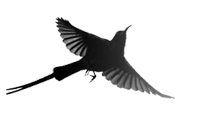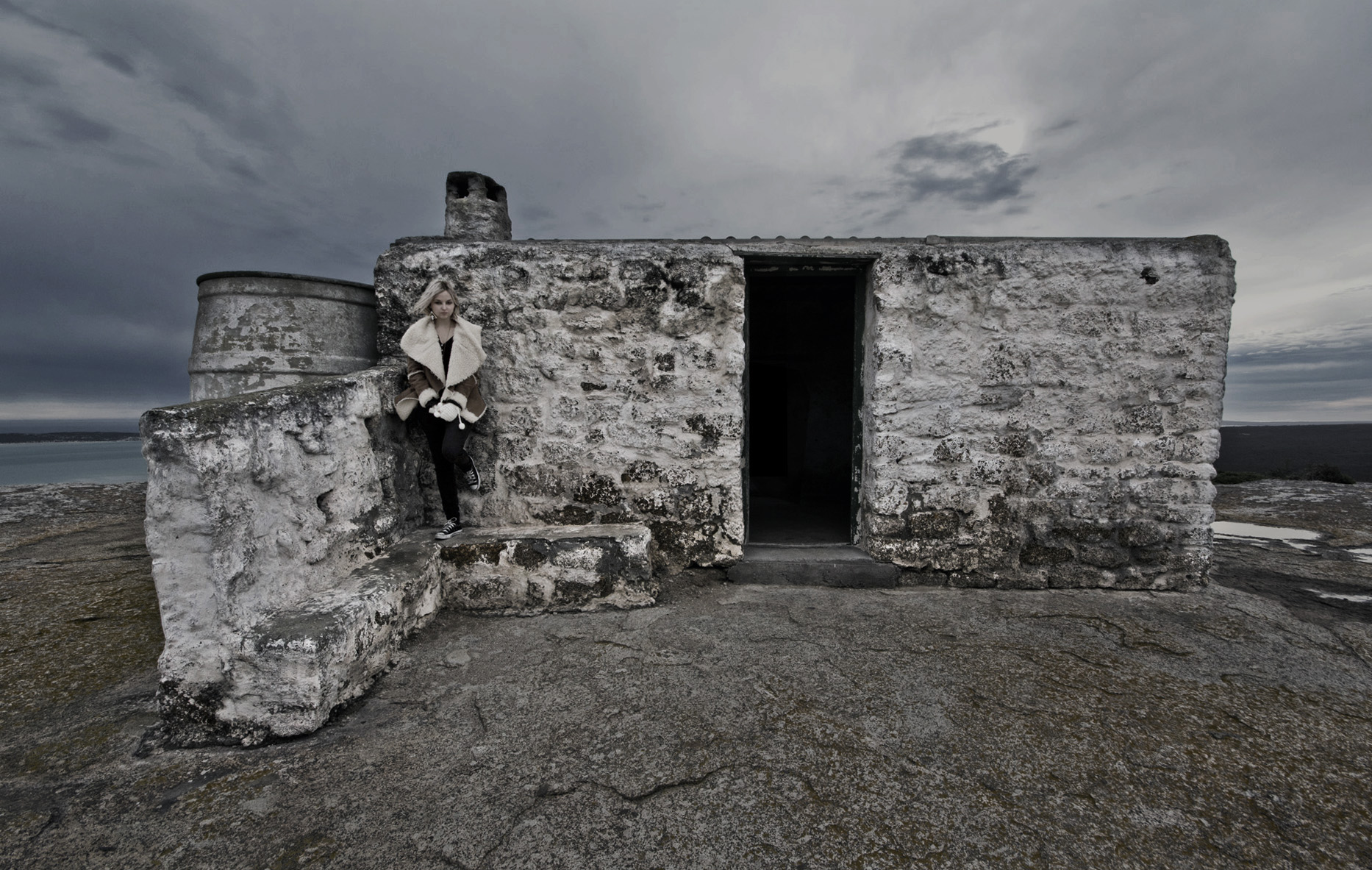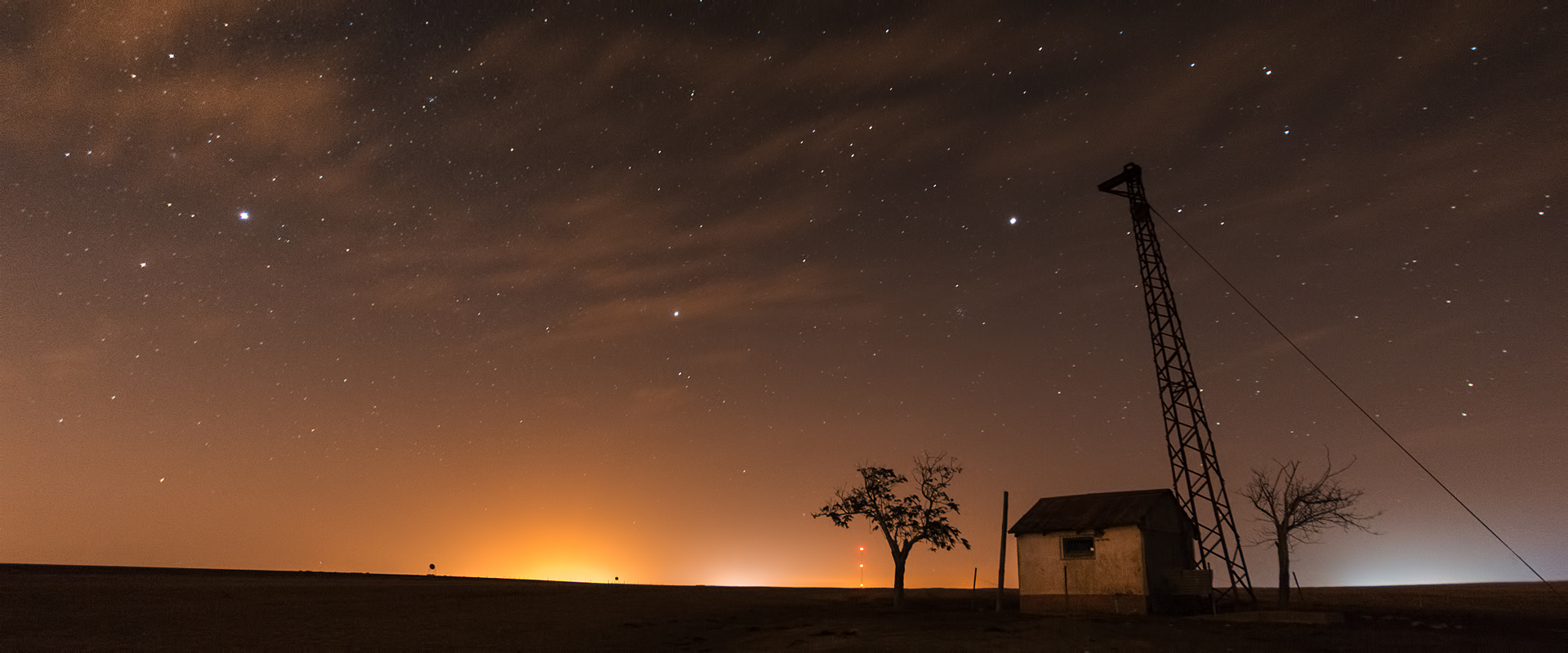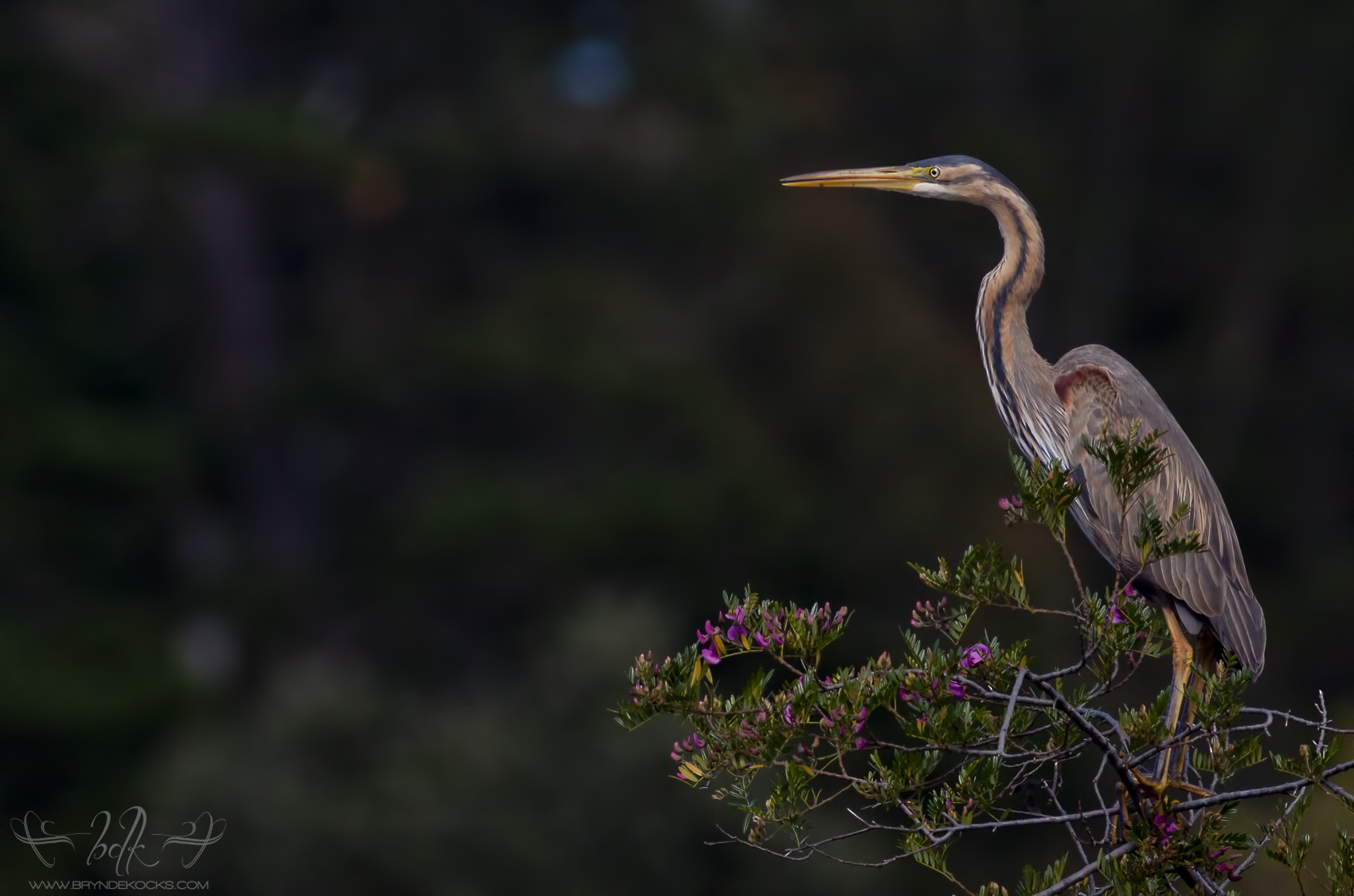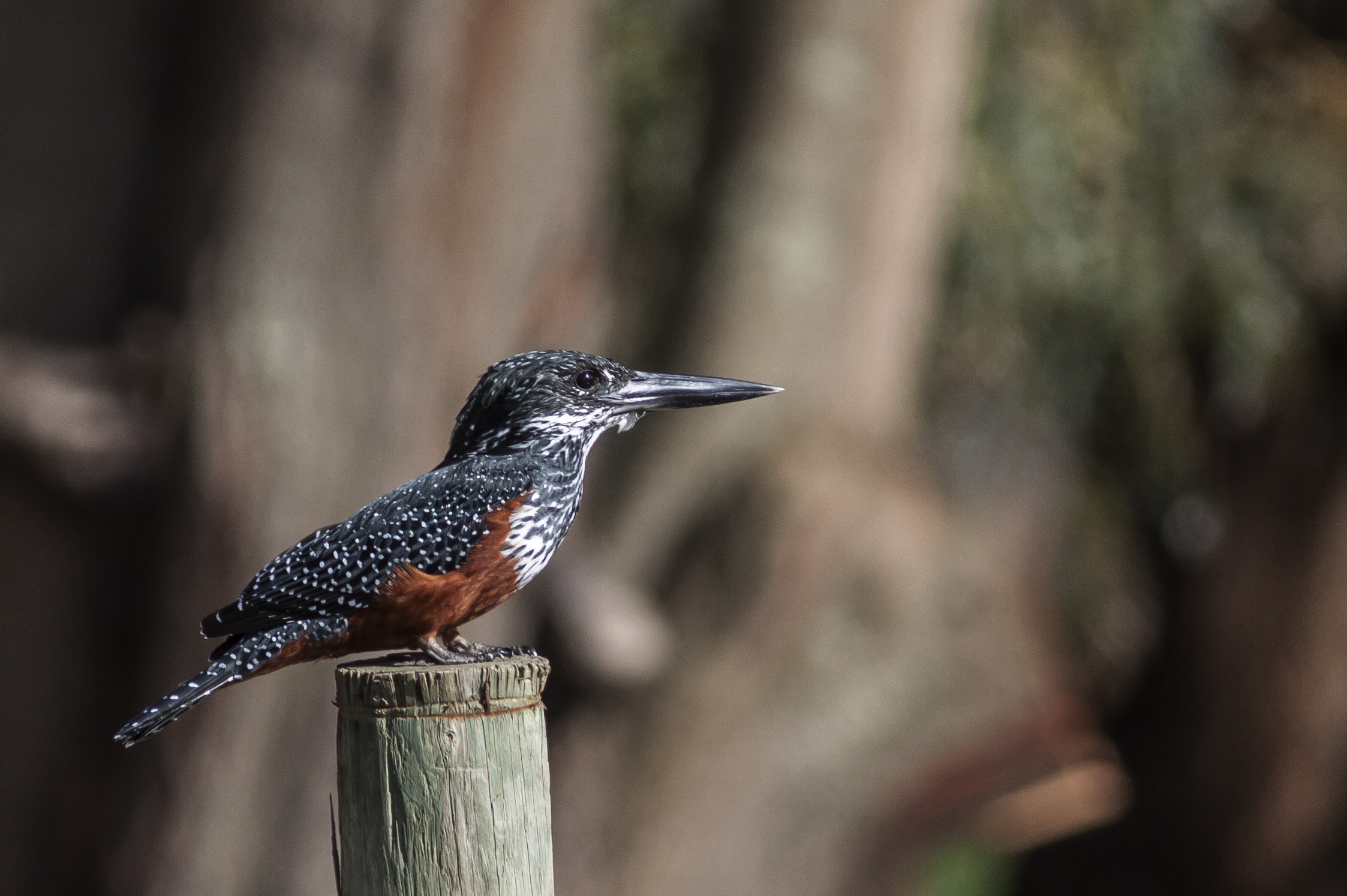West Coast National Park Adventure
With the long weekend marked on my calendar I was sure to make the most of it and contacted Duinepos chalets a couple of weeks ago. I was originally wanting to book for 2 nights, but with the winter weather arriving I figured I’d play it safe and not risk losing money. I booked for a single night, for the Sunday.
The weather forecast on Saturday, for the Sunday morning wasn’t great but it looked manageable. A cold front was clearly approaching and I knew it would always be a bit of an issue. We (my girlfriend and I) left Cape Town on Sunday morning at around 9:20am, as the plan was to get into the park in the morning, catch high tide and do some birding, grab lunch and then at 14:00 we could unpack and settle in to the chalet.
The weather conditions were marginal, there was thick cloud cover limiting the light available and the wind really began to pick up as we approached the park.

We arrived at the park at 10:25am and upon entering the gates we had to slow down for a large flock of Pied Starlings which were sitting in the road, as coincidence would have it, this was a lifer species for me and managed to get my first tick pretty damn quickly, unfortunately though, by the time I had grabbed my camera and setup the right settings (I could have gone AV, but alas- habit), all I managed to achieve were a few far distance shots, while getting back into the car I also saw a Black Shouldered Kite a hundred odd feet away, far too distant for a good shot though.

The Abrahamskraal bird hide was the first target and we arrived with a Cape Longclaw greeting us at the start of the hide path, another lifer. At this point the weekend seemed to be getting off to a great start, 2 lifers within 5 minutes, but it would still get a bit better. We entered the hide and quickly saw some Cape Teal, African Purple Swamphen, Cape Shoveler, South African Shelduck, Little Grebe, Common Moorhens, African Stonechat, Black Crake, Black Shouldered Kite and a few others. The Black Crake, Shelduck and the Stonechat were lifers for me, the first 30 minutes in the park had already brought me 5 new ticks.


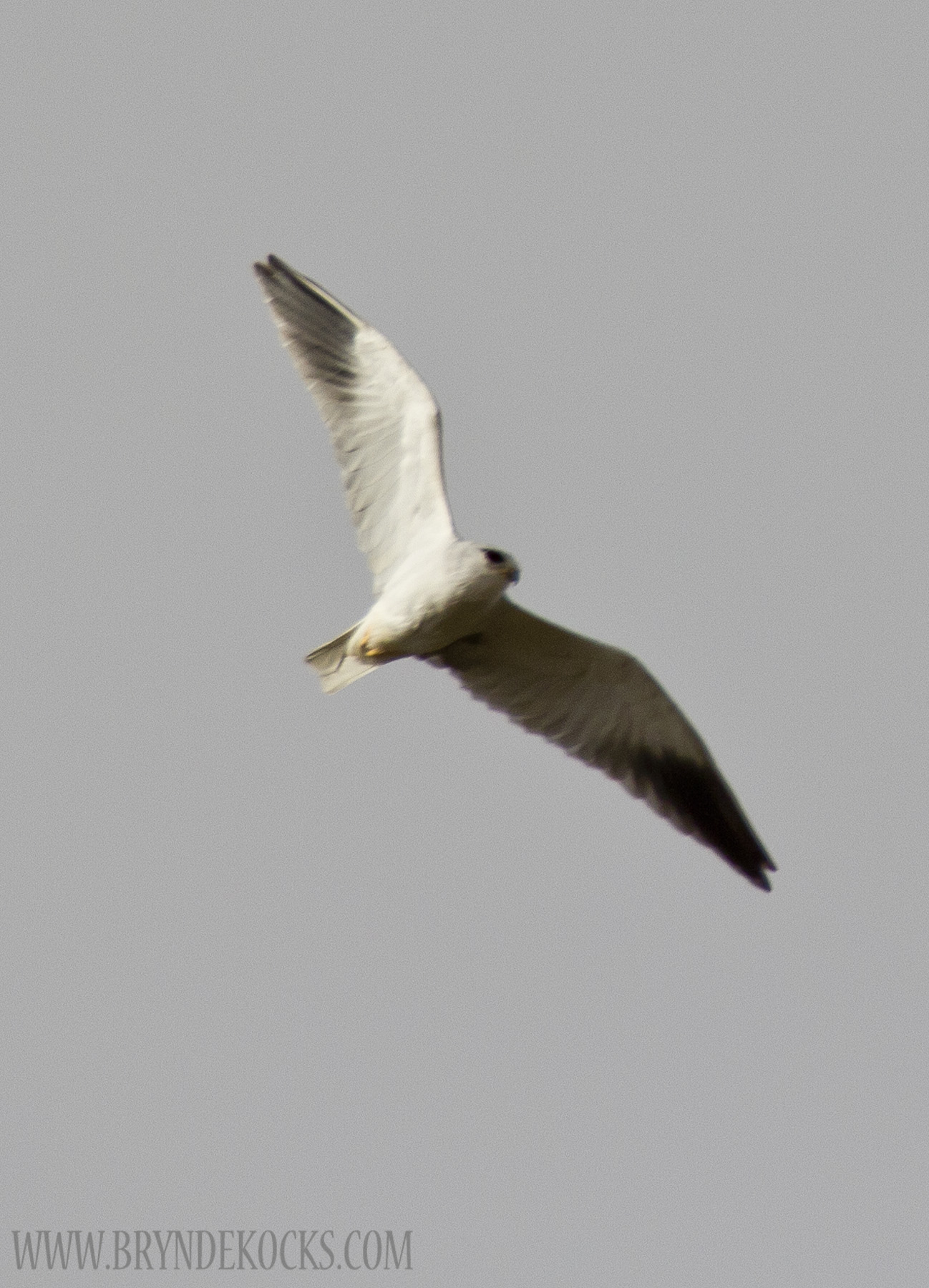
We then headed to one of the beaches on the left side of the park, continuing in the Abrahamskraal direction, after which it was onto the next bird hide. Next was the Geelbek hide, and with the tide going out we were lucky enough to get quite close to the Greater Flamingos and the Common Whimbrel.

Next we got a call from the Duinepos reception saying our chalet was ready, so we packed up at the hide and went to go drop the stuff off at the chalet. I did a bit of research into Duinepos before booking and the reviews were all extremely positive. Upon entering I was taken back by how homely it is. An open plan lounge and kitchen with dishes, pots, pans, a fridge, private bathroom with a shower, kettle and a fireplace with some complimentary fire wood. The interior and exterior was all in great condition and we were easily able to set in being very pleasantly surprised by what was offered.
Next we headed to Langebaan for lunch and to buy some blitz and marshmallows for our fire. A good Wimpy lunch, about 10km outside of Langebaan left us feeling revitalized and ready for more.
We headed back to the reserve and on the way back to the chalet we decided to stop at the Seeberg View Point where I had hoped to do some herping, but the light was fading quickly even at 4pm with the thick clouds, and the wind was bitterly cold and blowing gales. I lifted a few rocks with no luck and eventually gave up in exchange for the warmth of the car, but not before making the most of the scenic skyscape and doing some landscape photography.
The next morning (Monday) I was up at around 7:50 and headed out to Abrahamskraal again but conditions were even worse on Monday, with the wind picking up even more and the first small signs of rain around, a short stop off at the Geelbek hides presented another lifer in the form of an African Marsh Harrier. When checking out of the chalet at around 9:30 we then headed to the Seeberg bird hide, the tide was high and it offered the chance to get some nice shots of the Flamingos as they battled in vain to fly against the wind. There were a few turns around too but not too many waterside birds.
Two other raptors- a Black Harrier and a Rock Kestrel were spotted while driving between hides.
On the drive to the park gate to exit I also came across another Black Shouldered Kite who was gliding in the breeze above the car, I couldn’t resist the urge to try get a decent shot of this bird and stopped the car and got out, with some success.
On the drive back it started raining hard and we just made the trip in time, glad I never booked for an extra night. Overall it was a pretty successful trip with a fair amount of species seen for the conditions present. Though with no reptiles to speak of, my time there is certainly not done yet.
List of species seen on the trip (47) : Caspian Tern, Sandwich Tern, Great Cormorant, Little Egret, Grey Heron, Purple Heron, Greater Flamingo, African Spoonbill, Sacred Ibis, *South African Shelduck, Egyptian Goose, Cape Teal, Cape Shoveler, Yellow Billed Duck, Little Grebe, Red-Knobbed Coot, African Purple Swamphen, *Black Crake, White-fronted Plover, Blacksmith Plover, African Black Oystercatcher, Common Whimbrel, Cape Francolin, Ostrich, *Black Harrier, *African Marsh Harrier, Black Shouldered Kite, *Rock Kestrel, Laughing Dove, Rock Pigeon, Brown-Throated Martin, Pied Kingfisher, *Cape Longclaw, Bokmakierie, Cape Wagtail, Pied Crow, Cape Weaver, Cape Bulbul, *Stonechat, Cape Reed Warbler, Cape White-eye, Fiscal Shrike, Fiscal Flycatcher, *Pied Starling, Common Starling, Lesser Double Collared Sunbird, Yellow Rumped Widow.
* First time personal sighting.
